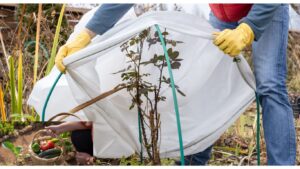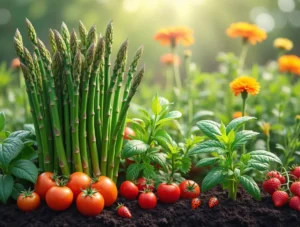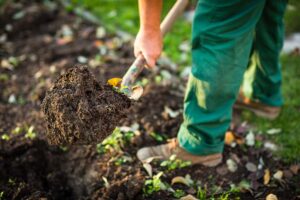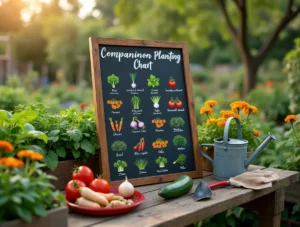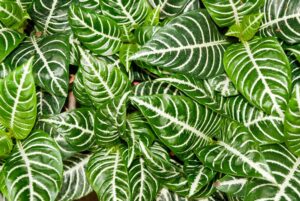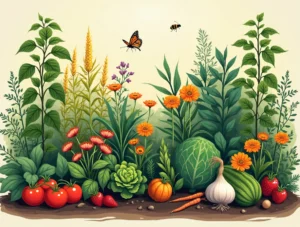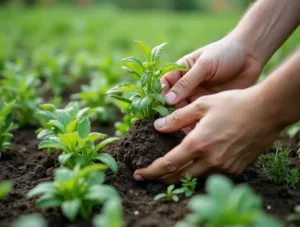Preserving the bounty of your organic garden produce is a crucial step to enjoying the fruits of your labor. Proper harvesting ensures that your crops are at their peak flavor and nutritional value, while effective preservation techniques allow you to enjoy your harvest long after the growing season ends.
On This Page
1. Harvesting Tips and Techniques
When to Harvest
- Vegetables: Harvest vegetables when they reach their mature size and color. For example, tomatoes should be fully colored and slightly firm, while carrots should be of a desirable size and easy to pull from the soil. Consult specific plant guides for optimal harvest times.
- Fruits: Pick fruits when they are fully ripe. They should come off the plant easily when gently twisted or pulled. Pay attention to color, texture, and aroma to determine ripeness. For instance, apples should be firm and have a deep color, and strawberries should be fully red and fragrant.
- Herbs: Harvest herbs just before they begin to flower for the best flavor. Snip leaves or stems and use immediately, or dry them for later use. For herbs like basil and mint, cut the top few inches to encourage new growth.
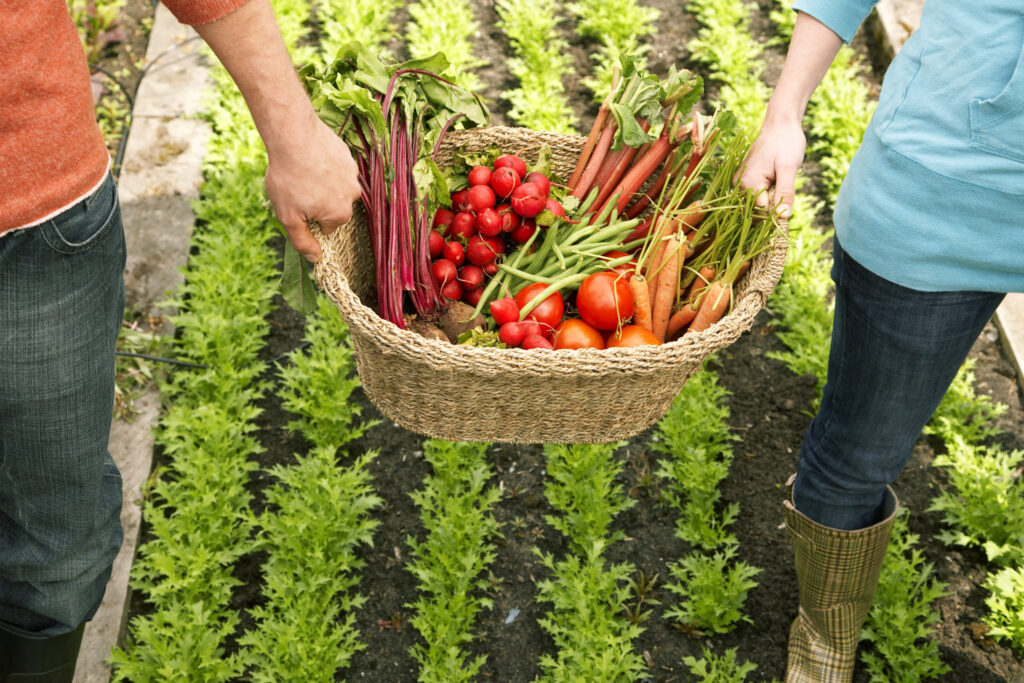
Harvesting Techniques
- Gentle Handling: Handle produce gently to avoid bruising or damage. Use sharp garden shears or scissors to cut vegetables and herbs cleanly. For fruits, use your fingers or pruners to avoid tearing the plant.
- Timing: Harvest in the cool part of the day, either early morning or late afternoon, to minimize stress on the plants and preserve freshness. Avoid harvesting during the heat of midday.
Post-Harvest Handling
- Cleaning: Rinse produce under cool water to remove dirt and debris. For delicate items like berries, gently pat them dry with a clean towel. Avoid washing until just before use to extend shelf life.
- Storage: Store harvested produce in a cool, dry place or refrigerate as needed. Use perforated bags or containers to allow airflow and reduce moisture buildup.
2. Preserving Your Harvest
Canning
- Home Canning Basics: Canning preserves food by sealing it in jars and heating it to kill bacteria and enzymes. Follow safe canning practices to avoid foodborne illnesses. Refer to resources like The National Center for Home Food Preservation for detailed canning instructions.
- Types of Canning: Use water bath canning for high-acid foods like tomatoes and fruit preserves. For low-acid foods like vegetables and meats, use pressure canning to ensure safety.
- Preparation: Wash and prepare produce according to the type of food being canned. Sterilize jars and lids before use, and follow recipes carefully for proper processing times and techniques.
Freezing
- Freezing Basics: Freezing is a convenient way to preserve produce while maintaining its freshness and nutritional value. Blanch vegetables before freezing to stop enzyme action that can affect quality.
- Packaging: Use freezer-safe bags or containers to prevent freezer burn. Label packages with the date and contents to keep track of your frozen inventory.
- Thawing: Thaw frozen produce in the refrigerator or by cooking directly from frozen, depending on the type of food and desired use.
Drying
- Drying Techniques: Drying removes moisture from food, inhibiting microbial growth and spoilage. Common methods include air drying, using a dehydrator, or oven drying.
- Preparation: Wash and slice produce evenly to ensure uniform drying. Arrange slices on drying racks or trays and follow specific drying times and temperatures for different foods.
- Storage: Store dried produce in airtight containers in a cool, dark place. Properly dried and stored items can last for months or even years.
Fermentation
- Fermentation Basics: Fermentation is a preservation method that uses beneficial bacteria to ferment foods, enhancing flavor and extending shelf life. Commonly fermented foods include pickles, sauerkraut, and kimchi.
- Fermentation Process: Prepare produce by washing and cutting it into appropriate sizes. Pack it into jars or containers with a salt brine or fermentation starter culture, and allow it to ferment at room temperature for the recommended time.
- Monitoring: Check fermented foods regularly for signs of spoilage, such as off smells or mold. Proper fermentation should result in a tangy flavor and slightly fizzy texture.
3. Storing Seeds for Future Planting
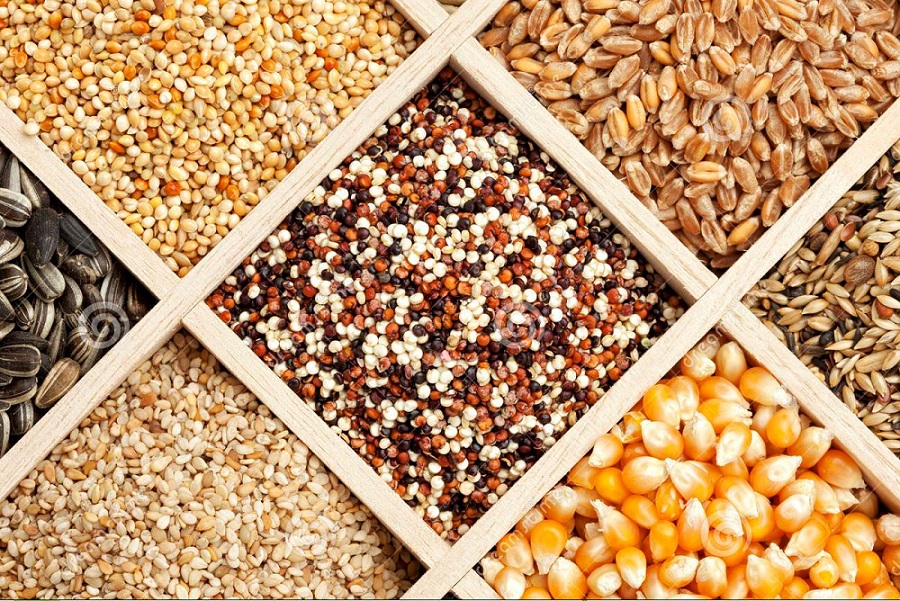
Collecting Seeds
- Timing: Collect seeds from mature plants at the end of the growing season. Allow seed pods or heads to dry on the plant before harvesting. For example, let tomato fruit ripen fully before saving seeds.
- Cleaning: Remove seeds from pods or fruit and clean them by removing any pulp or debris. Allow seeds to dry completely before storage to prevent mold and rot.
Storing Seeds
- Containers: Store seeds in airtight containers like glass jars, paper envelopes, or plastic bags. Label containers with the seed variety and date of collection.
- Storage Conditions: Keep seeds in a cool, dry place away from light and moisture. A refrigerator or a cool basement can provide optimal conditions for long-term storage.
Seed Viability
- Testing Seeds: Test seed viability before planting by performing a germination test. Place a few seeds on a damp paper towel, fold it, and keep it in a warm place. After a week or two, check for germination to assess seed quality.
- Using Old Seeds: Seeds can remain viable for several years, but their germination rate may decrease over time. Use older seeds first and consider re-sowing or replacing them as needed.
Case Studies: Successful Harvesting and Preservation
Case Study: Canning Tomato Sauce
A home gardener in Oregon harvested a large crop of tomatoes and successfully canned them to make tomato sauce. By using a pressure canner and following recommended guidelines, she preserved the tomatoes for use throughout the year, enjoying fresh sauce in her winter meals.
Case Study: Freezing Berries for Year-Round Enjoyment
A gardener in Michigan froze an abundance of summer berries by washing, packing, and freezing them in airtight bags. This allowed her to enjoy berry smoothies and desserts during the colder months, preserving the flavors of summer.


